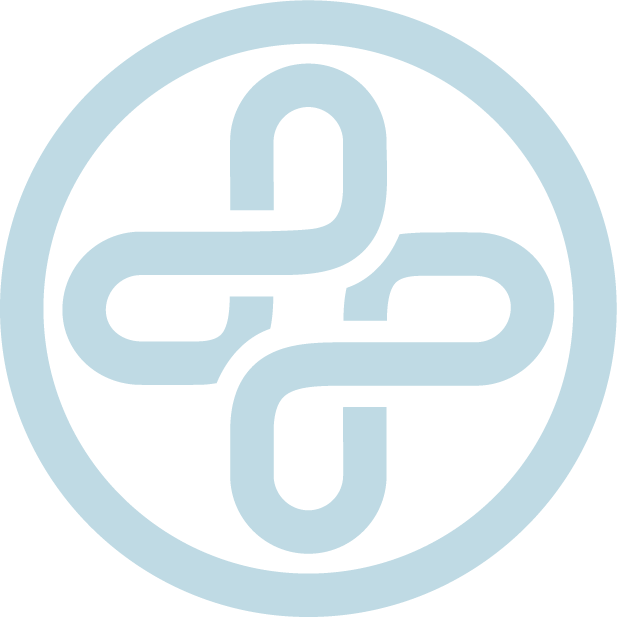The First Wyoming Public Health Nurses Chapter 1
Penny's Memories
Memories abound for Penelope (Penny) Gordon Johnson who became the first public health nurse in the Big Horn Basin when she started the public health nursing services for Big Horn County in December, 1936.
“Oh, yes. I remember the day when I made a home call at a house near Deaver. As I walked up the ramp leading to the door, a dog jumped out and bit me on the leg.” She chuckles and there is a softness in her blue eyes when she says, “I didn’t know there was a litter of newborn puppies under that ramp.”
Off to Berkeley
“During the trip we ate, talked, slept, read, watched the scenery pass by, and we giggled and giggled. Once when the train stopped, some of the passengers started shouting, “Look! Look! There she is.’ Lucille Ball had gotten off the train to walk for a few minutes to get some exercise.”
“Our first three months of training began in May and ended in August 1936. Most of our classes were in the format of lectures and demonstrations that covered topics on general health, child development and psychology, and social issues. “And I remember a fountain on campus that looked like a drinking fountain. But instead of water bubbling up, there was ink. This is where we filled our fountain pens. We had to be careful that the bubbling ink didn’t get on our clothes.
“Our fourth month of training was called field experience. Ethel, Lillian and I went to Los Angeles while Eliene stayed in San Francisco. “In Los Angeles we worked out of the Los Angeles County Court House, and we were under the supervision of certified public health nurses. Most of our home calls were made in a depressed area called Highland Park. When we made home calls we took a black bag that had disinfectants, bandages, thermometer, stethoscope, and a sphygmometer in it. And because of the filth in some of the homes, we were taught to spread out a newspaper to place our supplies and equipment on.”
When we returned to Berkeley for graduation, we were asked to select the uniform to be worn by Wyoming’s Field Public Health Nurses. We chose a navy blue dress with a white collar, a navy blue hat, and navy blue oxfords.
“After we returned home and before we received our field assignments, we participated in a statewide survey to determine the number of crippled children and the severity of their handicaps. Ethel and I were assigned to Campbell County. After we completed the survey, we were given two weeks vacation and were instructed to buy a new car. My new Chevy cost $800. That was a lot of money in 1936.”

